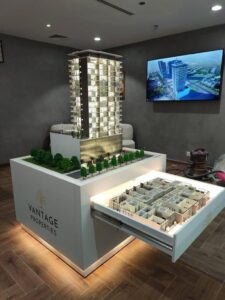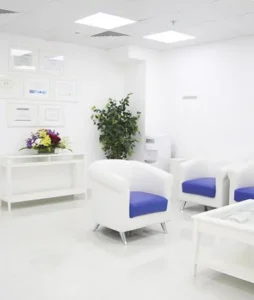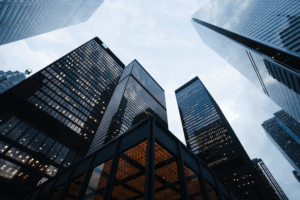How An Office Fit Out Can Improve Productivity
2 min read
The layout and feel of a workspace can shape how tasks are carried out. Simple changes to space, furniture, or lighting may lead to smoother routines. Office fit out projects look at these details and creates setups that support daily work in an easy and practical way without making major changes to the building structure.
Better use of space:
An organized space makes it easier for people to move around and find what they are looking for. Desks placed with enough room between them, shared tables, and clearly marked zones keep the area open and tidy. This helps reduce time spent walking around or looking for items. If you are looking for interior office fit out, a simple layout can support both individual and team tasks.
Comfortable workstations:
Desks and chairs that match the way people work during the day improve focus. Height, placement, and spacing make a difference. When staff feels physically comfortable, they tend to stay focused for longer periods. Office fit out changes may include adjusting desk heights, adding footrests, or fitting chairs with better support.
Good lighting:
Lighting affects how people feel and how well they concentrate. Bright, clear lights in work zones and softer tones in break areas make the space more balanced. Natural light through windows or glass panels is also a helpful feature. Fit out projects often include rearranging lighting to suit how each area is used.
Quiet areas for focus:
Some tasks are quieter than others. Setting up small focus areas or rooms with better sound control gives people space to work without distractions. These can be created using acoustic panels, glass partitions, or corner nooks. Such areas improve attention during detailed or long tasks.
Spaces for breaks and small talks:
Short breaks during the day help staff reset and return with fresh energy. Breakout areas with casual seating, small tables, or coffee machines provide space for this. These spaces also support short talks and planning between team members without needing to book a meeting room.
Simple and calm design:
Soft colors, natural textures, and clean lines make a space feel less busy. This design style reduces stress and supports steady focus throughout the day. Even wall art, indoor plants, or simple patterns can add to the calmness of a workspace.



